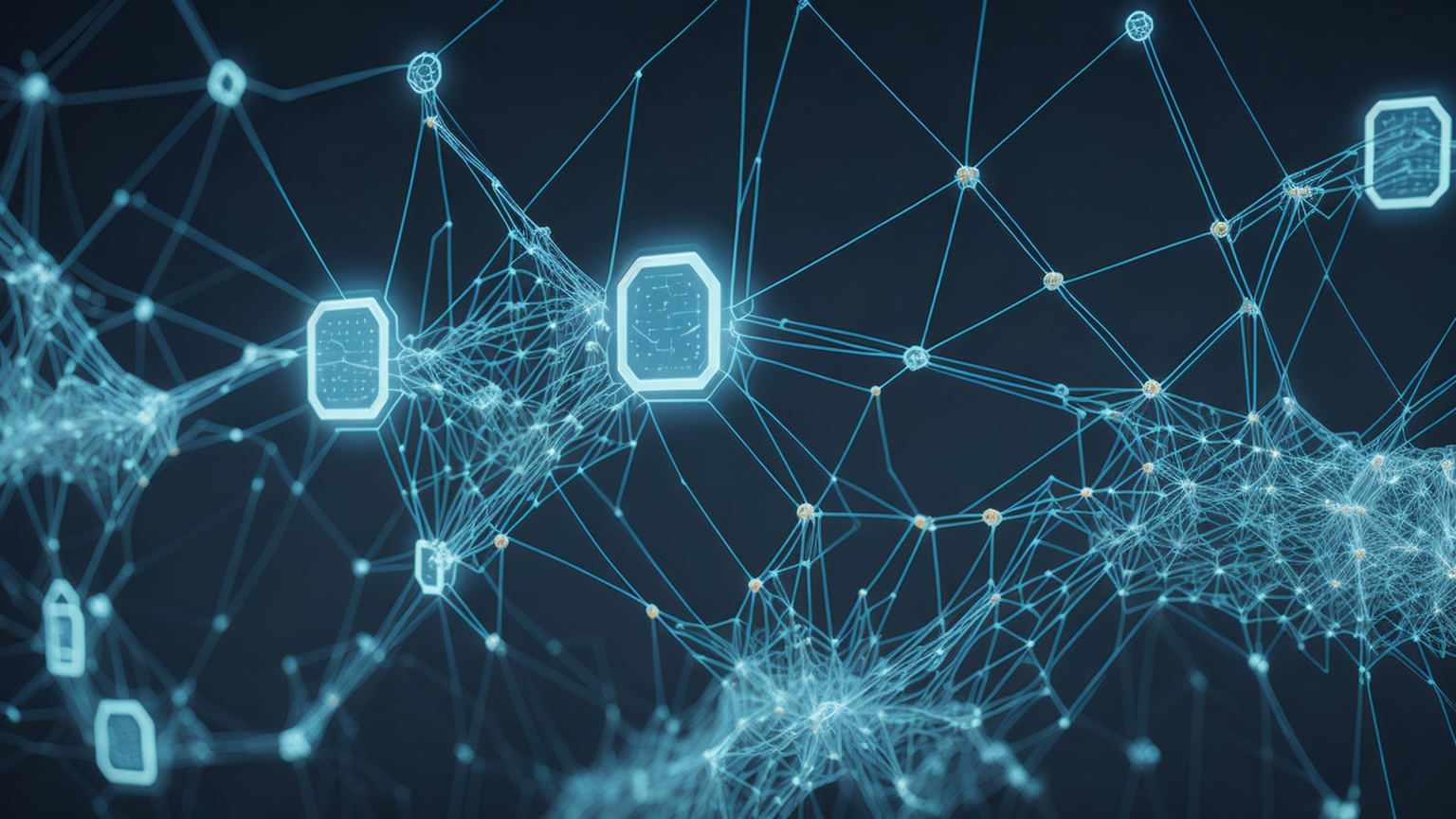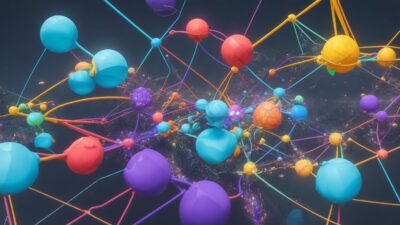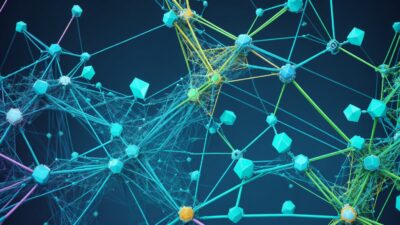Deciphering Neural Networks: Cracking the Code of AI’s Brain

Introduction
As artificial intelligence (AI) continues to make strides in various industries, one particular aspect stands out – neural networks. This technology mimics the complexities of the human brain to process and analyze data, enabling machines to learn and improve over time. This piece sheds light on the intricate world of neural networks.
Neural Networks Unveiled
Fundamentally, neural networks are algorithmic structures that strive to replicate the behavior of the human brain to analyze data patterns. They are pivotal in numerous sectors, including healthcare diagnostics, voice and image recognition systems, and financial modeling.
The Building Blocks of Neural Networks
- Neurons (or Nodes): Serving as information processing units, neurons analyze incoming data and propagate it throughout the network.
- Connections: These are pathways that facilitate data transfer between neurons.
- Weights: A pivotal aspect of neural networks, weights signify the relevance of the data being transmitted between neurons.
- Activation Function: It’s a mathematical function that decides whether to trigger a particular neuron based on the input.
Operating Principle of Neural Networks
The operations within a neural network can be categorized into two major steps: training and implementation.
- In the training phase, the network assimilates the ability to recognize data patterns by iterating over multiple data instances and fine-tuning its internal parameters (weights and biases) for enhanced accuracy.
- Following the training is the implementation phase, where the neural network is ready to undertake the task it was trained for, be it interpreting medical images, predicting stock market trends, or more.
Leading Types of Neural Networks
- Perceptron: A basic form of a neural network, featuring one or more neuron layers.
- Convolutional Neural Network (CNN): Primarily used for image and video recognition tasks.
- Recurrent Neural Network (RNN): Expert at processing sequences or time-series data, suitable for textual data interpretation or stock market forecasting.
- Deep Learning Networks (DNN): Employed for advanced applications like video games, autonomous vehicles, etc.
Сonclusion:
In the rapidly evolving landscape of AI, neural networks have emerged as a transformative force, capable of analyzing multifaceted data in ways that were previously inconceivable. As we explore and perfect this technology further, the impact of neural networks on our world will continue to grow.




